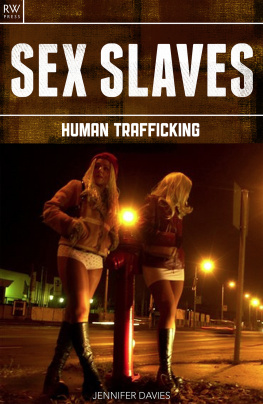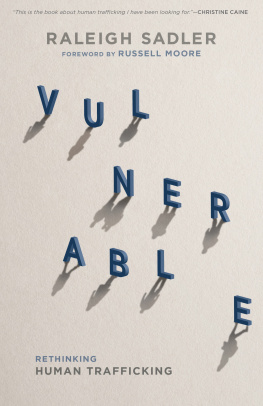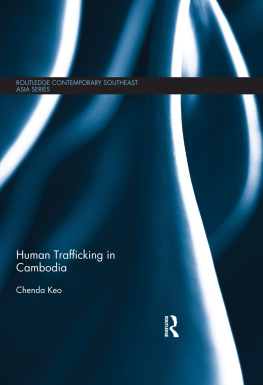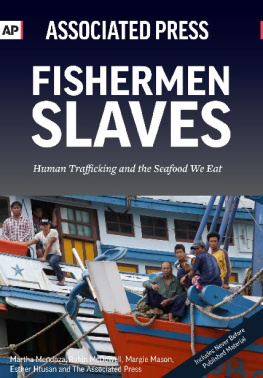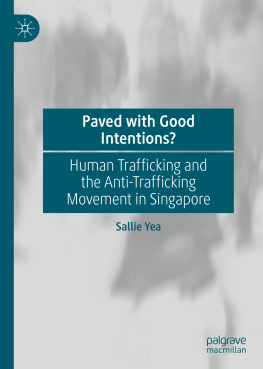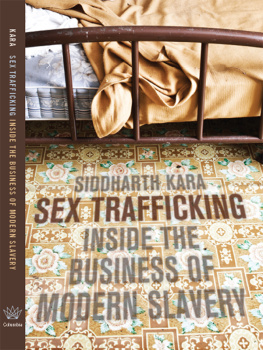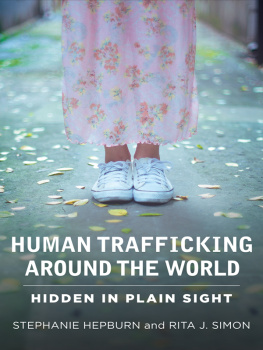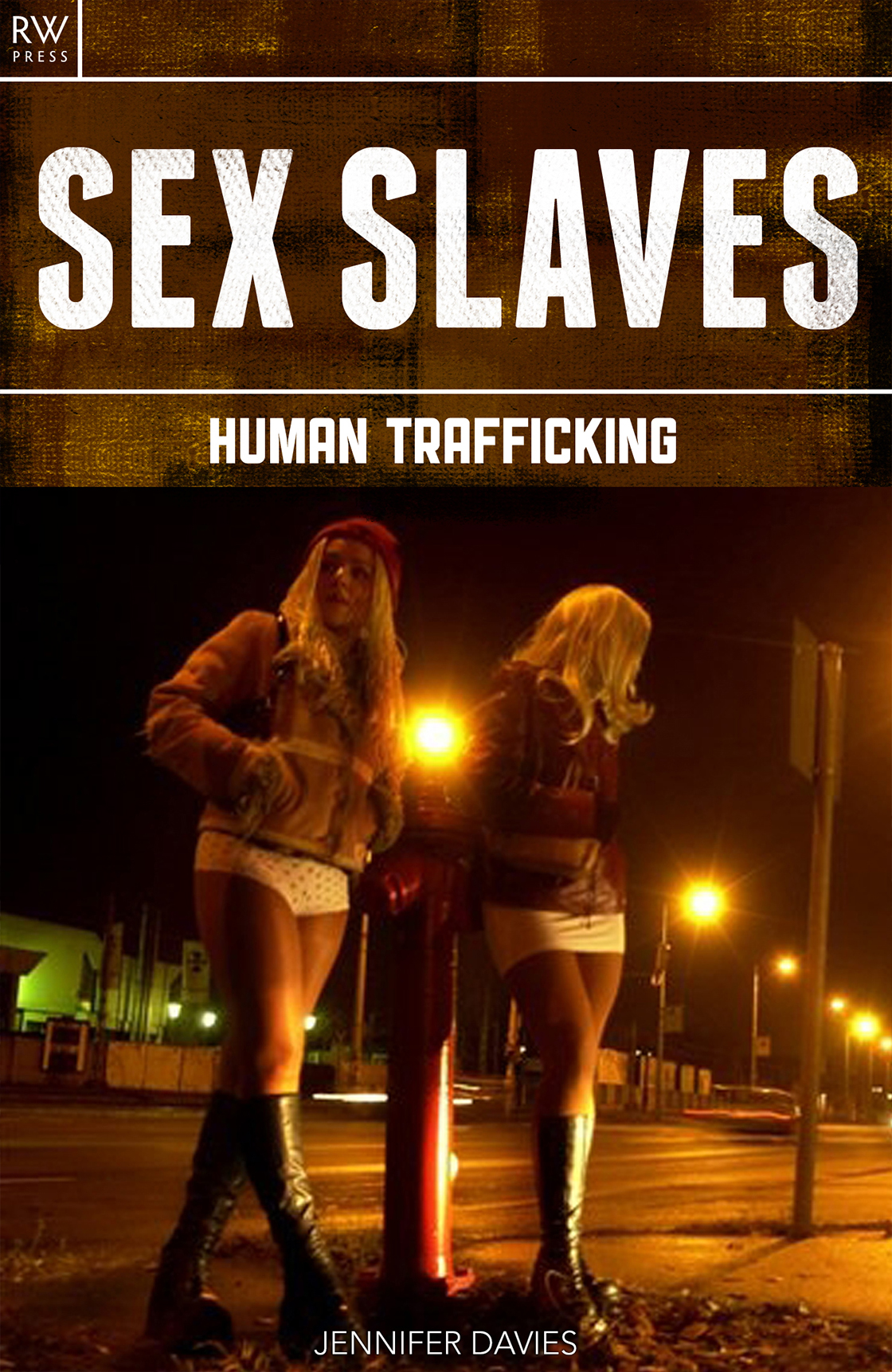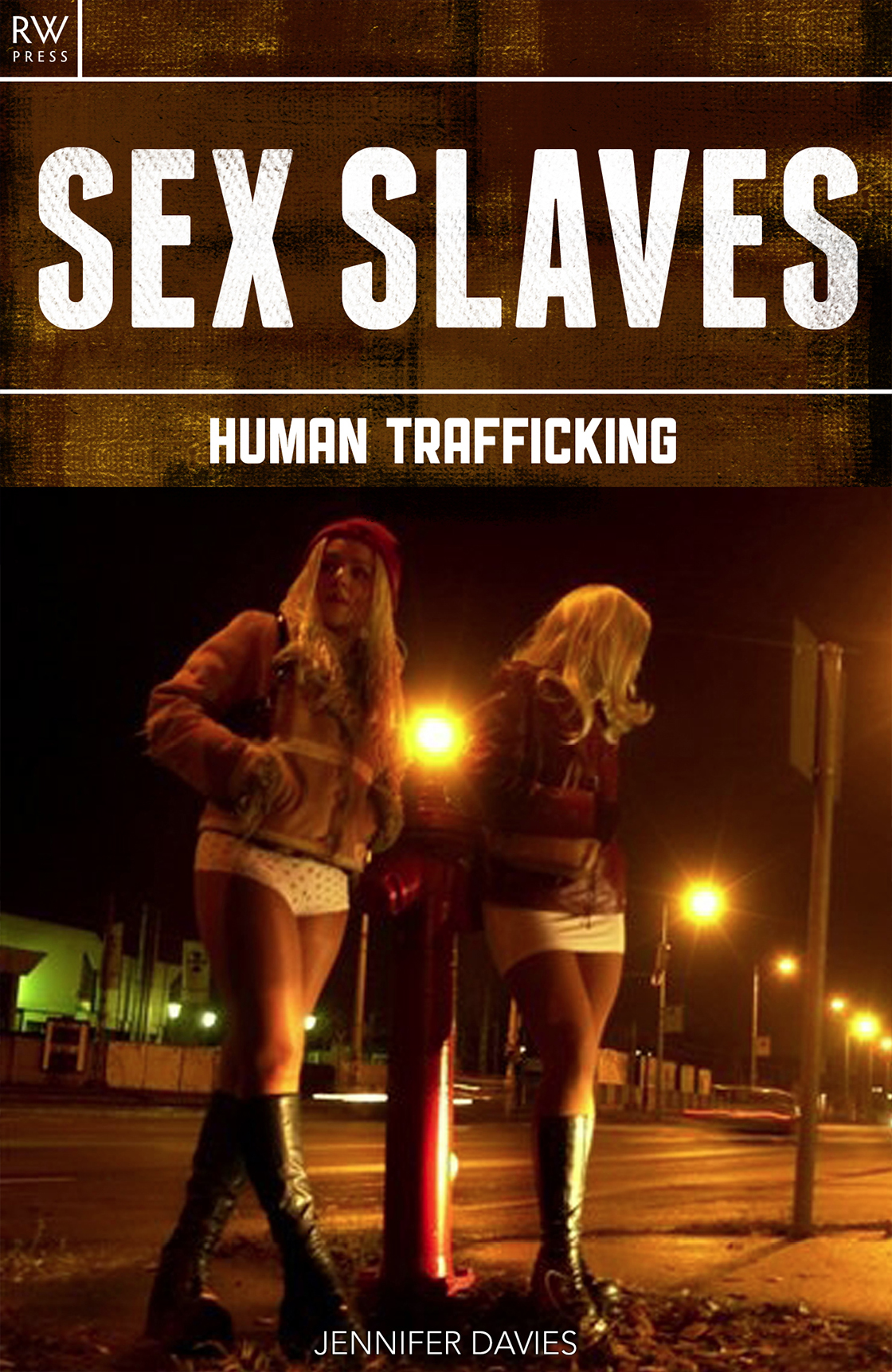

2014 RW Press Ltd
This 2014 edition published by RW Press Ltd
All rights reserved. No part of this publication may be reproduced, stored in a retrieval system, or transmitted in any form or by any means, electronic, mechanical, photocopying or otherwise, without the prior permission, in writing, of the publisher.
The views expressed in this book are those of the author but they are general views only, and readers are urged to consult a relevant and qualified specialist for individual advice in particular situations. The author and RW Press Ltd hereby exclude any liability to the extent permitted by law, for any errors or omissions in this book and for any loss, damage and expense (whether direct or indirect) suffered by a third party relying on any information contained in this book.
Although every effort has been made to trace and contact people mentioned in the text for their approval in time for publication, this has not been possible in all cases. If notified, we will be pleased to rectify any alleged errors or omissions when we reprint the title.
ISBN: 9781909284098
RW Press Ltd
RWPress@live.co.uk
More titles from RW Press

Discover more at www.rwpress.co.uk
Contents
Natascha Kampusch
INTRODUCTION
Despite it being over 200 years since the abolition of the transatlantic slave trade, there are more slaves today than at any other point in human history. The majority of these are slaves for the sex industry. It is a booming trade that shows no signs of slowing down; secretive by nature, it is often referred to as a silent epidemic. In this dark underworld, criminal networks enslave people from vulnerable backgrounds into a life of forced sexual exploitation. Human trafficking goes hand-in-hand with sex slavery, with traffickers supplying live humans to the industry. It is a lucrative trade worldwide, believed to be worth 20 billion ($32 billion) annually to the global economy, and it is this profit that drives it forward.
The UN has estimated that 2.4 million people across the world are victims of human trafficking at any one time, and 80 per cent of these victims are subject to sexual exploitation. Research has indicated that the UN knows of victims from 127 countries and of their exploitation in 137. Sexual exploitation occurs for a variety of reasons. Impoverished regions or areas torn apart by war and civil unrest can result in groups of people desperate for money, a home, or a way to escape their hellish reality. Harmful traditional, cultural and religious practices also land some people in situations that, to outsiders, are in direct violation of their human rights. Natural disasters can also displace people, forcing them to seek shelter in refugee camps, where criminals often hunt for prey. Allegedly, government corruption can play a role in this illegal trade. Corrupt officers and easily bribed border control personnel are apparently helping this industry thrive, turning a blind eye when required.
Source, Transit and Destination Countries
The human trafficking industry is monitored, where possible, and countries are labelled as source, transit or destination countries; often a combination of the three. Source countries are areas from which people are taken. Locations within Eastern Europe and Africa in particular are just a few examples of major source countries. Once removed from their home, either through force, bribery or deception, they are transported through transit countries. These areas typically have lax border controls, or are situated on coasts to ease movement from one country to the next. Albania is an example of a transit country, though it functions as a source one, too. There are 45 miles between Italy and Albania. Trafficked women and girls from Moldova, Romania and Ukraine are taken to the port of Albania and transported via speedboat or dinghy the short distance across the Adriatic Sea to Italy, disappearing into prostitution. Destination countries are where victims end up, and here awaits them sexual and physical exploitation. Singapore is considered primarily a destination country, with very little source or transit activity. In addition, popular destinations for trafficking victims include wealthy countries in Western Europe, North America and the Middle East. It has been estimated that women are involved in 77 per cent of trafficking cases across the globe, with sexual exploitation a motivation in 87 per cent of these. Human trafficking is thought of as a hidden crime, as victims are often reluctant to report their stories to the authorities through a fear of being caught, or being deported as illegal immigrants. While efforts are being made to crackdown on this hideous trade, the cycle repeats, and slavery continues to thrive.
Child Victims
Children are this trades most vulnerable and helpless victims. It is estimated that 1.2 million children are trafficked all over the globe for forced labour or sex slavery annually. Physically weak compared to adults, undeveloped emotionally and mentally due to age or circumstance, children are seen as helpless and easily manipulated. To criminals, this particular brand of evil is so lucrative that it is thought the child sex trade has replaced the drug trade. In the United States of America, for example, the government allegedly spends more money on fighting drug trafficking than human trafficking, making human trafficking appear a less risky enterprise. Criminal networks are of the opinion that it is riskier to sell cocaine on the streets than it is to sell people. To the business-minded criminal, the sale of humans makes sense; they are reusable, unlike drugs which once used, need replacing immediately. It costs money to meet the required supply and demand.
Various factors mean that girls are considered to be more vulnerable to trafficking than boys. Issues such as social hierarchy and deep-rooted gender bias mean that less value is placed on them compared with boys. An estimated 8090 per cent of children in instances of sex trafficking are girls. Though there is a definite market for boys in terms of sexual slavery, other forms of exploitation faced by boys includes that of forced labour. They will be expected to beg on the streets, work in mines or train as child soldiers. Girls, however, are more likely to experience sexual abuse at the hands of their captors, and forced domestic servitude often occurs at the same time.
Examining the Problem
Split into four continents: Africa, Asia, Europe and the United States of America Sex Slaves explores the issue of sex slavery, examining each continent and its countries in detail. It is hard not to paint a terrible picture of a country when looking at some despicable acts committed there, which is why it is important to view these issues as isolated incidents that are not indicative of a culture, a place, or its people. It is difficult to include all incidences of sex slavery throughout history. Being tasked with determining what is a significant example against another is impossible; therefore any additions or omissions should not be measured or compared.
Tricks of the Modern-day Slave Trade
All over the world, traffickers are used to supply humans to the sex slave industry. These people are experts in the procurement of people, and despite the different conditions and environments around the world, largely their tactics remain the same. Coercion, bribery, kidnapping and trickery are some strategies employed by traffickers. In areas affected by poverty, traffickers recruit unsuspecting people by offering someone work or education, and exploiting their noble desire to improve their lives. Also in these areas, some impoverished families can be so desperate that they can sell their own family member for cash. Kidnapping is a terrifying method used, where children are literally snatched off the streets and taken away. In lawless and war-torn areas, rebel groups take advantage of orphans and displaced populace, and smuggle these lost souls into a life of sexual exploitation or combat. Domestic servitude and sex slavery often go together, and in some areas children are put to work in mines, quarries and plantations. Though men and boys are victims too, it is women and children that are most vulnerable, due to their low socio-economic status.

